Strange Things About Indian Cuisine That You May Not Know
India is a land of strange sights, sounds, smells, customs, traditions, and of course, cuisine. But regardless of where you go in India, you will find some common thread binding its varied culinary traditions together. I underline a few here.
Eating in Thalis:
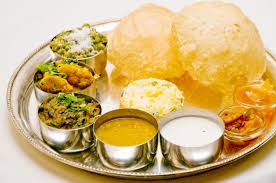 Traditionally, Indian food used to be served in Thalis (round platters), that is everything, from starters to desserts would be served in one go. That is how it is still done on weddings, or on such special occasions, in many parts of India.
Traditionally, Indian food used to be served in Thalis (round platters), that is everything, from starters to desserts would be served in one go. That is how it is still done on weddings, or on such special occasions, in many parts of India.
No Soup, Dal a distant substitute:
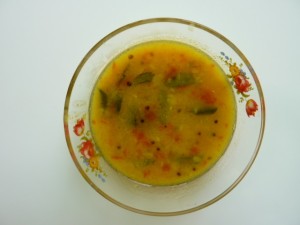 As you’d immediately notice, soups don’t precede a normal Indian meal. In a multi-cuisine restaurant, if you insist, you may be offered a Western or Chinese soup. Some try to even take out the curry from any yoghurt based Chicken dish and serve its diluted version as Chicken Shorba (soup). The British came up with a lentil based Mulligatawny soup but it still hasn’t become mainstream.
As you’d immediately notice, soups don’t precede a normal Indian meal. In a multi-cuisine restaurant, if you insist, you may be offered a Western or Chinese soup. Some try to even take out the curry from any yoghurt based Chicken dish and serve its diluted version as Chicken Shorba (soup). The British came up with a lentil based Mulligatawny soup but it still hasn’t become mainstream.
Carbs are central not meats: If you see an Indian eating at a dhaba, you will immediately notice that rice and breads would be forming more than 60% of that meal. The balance 40% would be distributed over meats, veggies and lentils.
Western cuisine will traditionally reverse this proportion in favor of the meats. One reason could be that Europe’s prolonged winters, and consequently shorter cultivating season, meant that they could rely less on grains.
Most of the Indian sub-continent, and even the South-East Asian countries had no such constraints. They could easily have two crops, and sometimes even three.
Curries are compulsory:
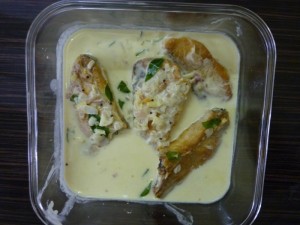 This is so obvious that you just can’t miss it. Anywhere you go and you will find curries dominating the Indian meal platter.
This is so obvious that you just can’t miss it. Anywhere you go and you will find curries dominating the Indian meal platter.
Why is it so? One reason could be the need to have lots of water in a tropical country like India. This curries could meet in a very healthy (you are boiling your water after all, aren’t you) and appetizing a manner.
Sweets and salty dishes can be eaten together: This happens, I suppose, because in the Thali style of food service there is no way of stopping what you eat first and then next. Certainly in the perfectly democratic world of the Indian cuisine, when you have access to a bevy of salty, sweet, bitter, sour and hot dishes, you also have the full freedom to decide what you want to eat, with what and when.
Can you think of anyone eating an apple pie with roast chicken (together and not as a separate course) anywhere in the world? I’d certainly love to be educated.
Spices not sprinkled on but cooked with: In Indian cuisine, you don’t cook something first and then sprinkle some spices on it to make it somewhat palatable. Spices almost always have to be cooked with the main meal to unleash their full flavours and magic.
Sauces not prepared separately: It is again a very common practice in Western cuisine to boil or bake something first and then to pour on it a tomato or cheese based sauce or flambé it with some wine or such other alcoholic beverage.
However, “Home Style ”Indian food is made in one go with everything cooked together.
Taste buds continuously titillated with accompaniments like pickles, chutneys, raita, papad…: Foreigners are aghast at the sheer number of titbits that literally litter a typical Indian Thali. So you will have pickles, made from vegetables, fruits, and even fish. Then you have all kinds of Papadums, Baris or Tilauris made from lentils. Added to these would be the home made sauces called Chutneys and sweet marmalade like preparations made from some fruits called Murabbas. And in North India, how can you forget the yoghurt based Raitas?
Once a European friend asked me if these accompaniments didn’t “confuse” your taste buds unnecessarily.
Well, to be frank, they do. But Indians love that “confusion”, because an ideal Indian meal must have a balance of all tastes—sour, salty, bitter, hot and sweet.
Less use of ovens or barbeques: Except in the Northern Indian states like Punjab, where buried-in-the-earth ovens called Tandoor are very popular, there has hardly been any tradition of baking in the mainstream Indian cuisine.
Again, I believe, weather played a part here. Europe and many other colder areas of the world had to keep some kind of fire going in their homes all the while to keep them warm. It was a matter of time, therefore, when someone stumbled upon an appliance that could be attached to the fireplace to cook or rather bake things without much supervision. Even the smoke that resulted from such fireplaces was discovered to have the ability to cure, dry and preserve meats and again mainstream Indian cuisine has no tradition of having such “smoked” meats.
Chopsticks can’t work, cutlery is optional: Chopsticks don’t work with Western cuisine either because for that meats or vegetables have to be cut into chopstick-friendly sizes first. But can you avoid cutlery in formal dinners?
Image Courtesy of FreeDigitalPhotos.net/imagerymajestic
Well, in India, even in many 5-star hotels, you have to specifically ask for cutlery in their signature Indian restaurants. In weddings, your Thali may contain just one spoon for the dessert, if you are lucky.
Vegetarian dishes mimic the non-vegetarian taste: This happens all the while in the West with soya sausages mimicking the taste and flavours of pork or chicken sausage, for example.
In India, this mimicking takes place in two ways. First, where the non-vegetarian portions of a dish would just be dropped. For example, the popular mutton Shami Kebab would be made exactly with the same ingredients but without the mutton mince.
Is this vegetarian or non-vegetarian Kebab? Can you spot the difference?
In the second, you have totally vegetarian versions which are sometimes more prolific than their non-vegetarian counterparts. For example, the normal non-vegetarian koftas would be made either with mutton or chicken mince. But its vegetarian versions, trying to mimic the same texture, flavor and taste, would be made of bottle gourd (Lauki ke Kofte), jackfruit (Kathal ke Kofte), reduced milk (Khoya ke Kofte) or one of the lentils (Moong dal ke Kofte).
Cinnamon is not used in desserts but, you guessed it, in curries:
In the West, Cinnamon is used for preparing sweet things like desserts and pies. In India, however, it is more used for savoury things like curries, as Indians prefer Cardamom or Saffron in their desserts more.
You can cook with yoghurt: You cook with cheese and wine but yoghurt–the question would certainly stump most aficionados of European or American or even Chinese or Thai schools of cooking.
But talk to anyone from any part of India, and you would instantly get a whole list of regional dishes that use yoghurt in quite a “matter-of-fact” way.
In Kashmir, savor the wazwan and you’d find the pride of place accorded to Gushtabbas (pounded boneless meat balls cooked in yoghurt) or Yakhni or Dhania Kormas (both containing mutton pieces, with bones, cooked in yoghurt, with different spices).
In Maharashtra, Gujarat, or even Punjab, Kadhi (made from yoghurt or butter milk with added potato, onions or vegetable fritters) would be omnipresent in all vegetarian platters.
The East, specially the Bengal region, is famous for cooking their fish in yoghurt. Just check out their dishes of Dahi-Machhli (fish cooked in yoghurt and garam masala) or Dahi-sarson (fish cooked in a yoghurt-mustard sauce).
The southern regions of India are so fond of yoghurt that they usually end their meals, not with a dessert, but with curd-rice.
(This is an abridged version of a Chapter from the Amazon #1 bestseller “Home Style Indian Cooking In A Jiffy” which is currently on sale at $0.99 on Amazon.com and Amazon.co.uk only till 14 January 2015)
Prasenjeet Kumar
Use Facebook to Comment on this Post
- Posted by
 Prasenjeet
Prasenjeet - Posted in Interesting facts
 Jun, 28, 2018
Jun, 28, 2018 No Comments.
No Comments.
Welcome to Cooking in a Jiffy!
If you have been looking for recipes that are truly “Home style”, you have come to just the right place. Read more
Amazon #1 Hot New Releases in Healthy diets
Amazon # 3 Best Seller in Healthy diets
Now Also Available in Portuguese
Categories
- Coolers (3)
- Fish & Fowl (17)
- Health (14)
- How to cook in a jiffy e-book (23)
- Interesting facts (10)
- King's Breakfast (8)
- Our Sweethearts (5)
- Pan Asian (3)
- Rice dishes (6)
- Snacks & Accompaniments (3)
- The Raj effect (3)
- Uncategorized (2)
- Veggie wonders (9)

 Food is never a problem for those who love to cook.
Food is never a problem for those who love to cook.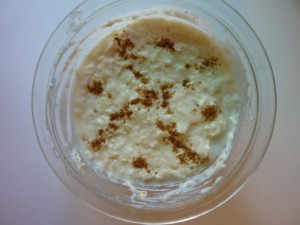
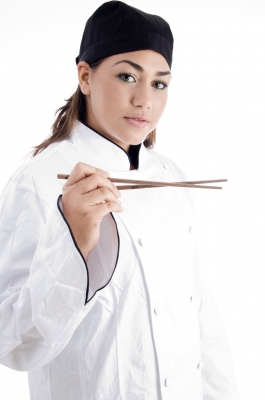
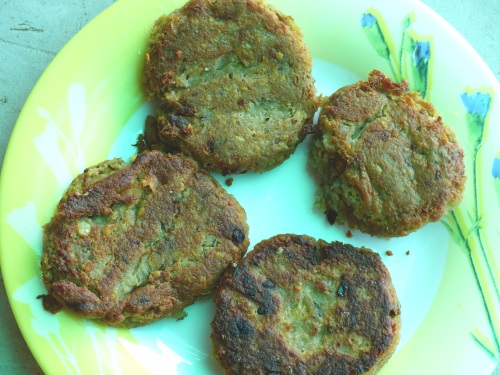










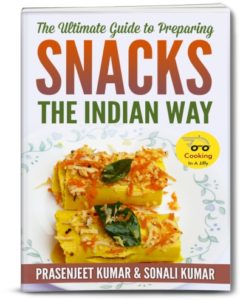
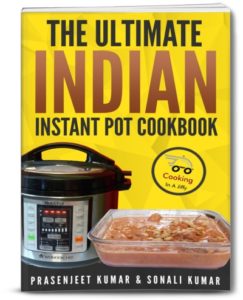
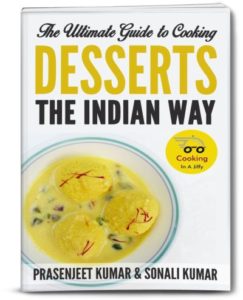
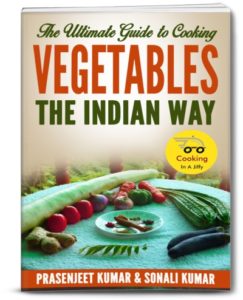
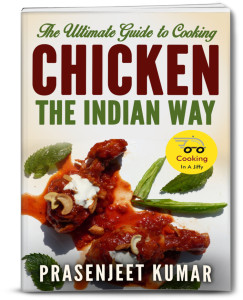
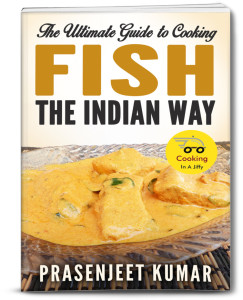
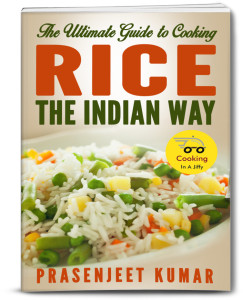
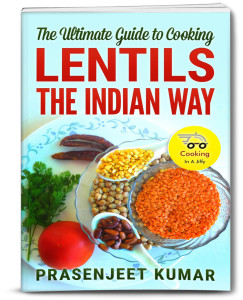
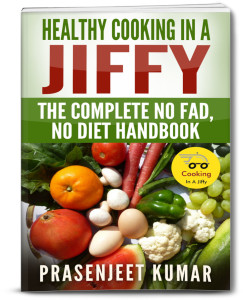
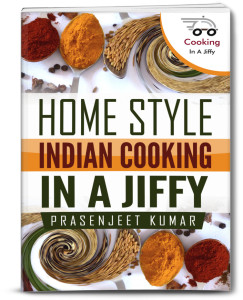
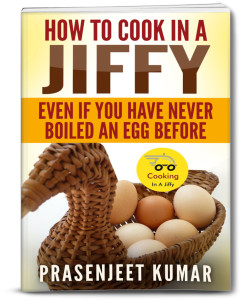

 Join Us On Facebook
Join Us On Facebook Join Us On Twitter
Join Us On Twitter Subscribe to Our Blog
Subscribe to Our Blog